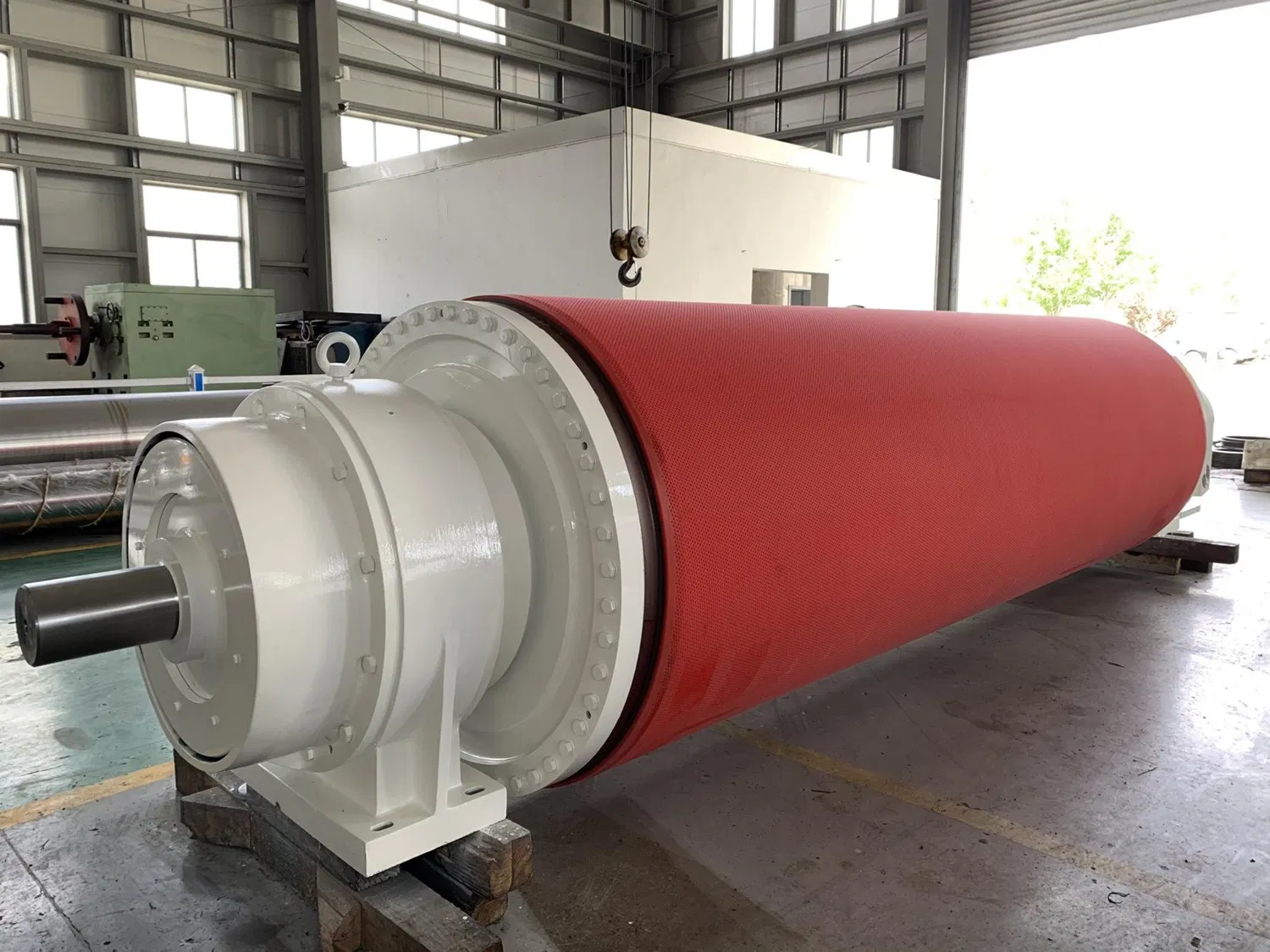Understanding the Role of Paper Machine Roll Bearings
Paper machine roll bearings play a critical role in the manufacturing of paper and board products. These bearings support the rolls that guide, press, and dry the paper web. Proper selection and maintenance of these bearings can significantly impact the performance and lifespan of the paper machine.
Types of Paper Machine Roll Bearings
There are several types of bearings used in paper machines, including cylindrical roller bearings, tapered roller bearings, and spherical roller bearings. Each type has its unique advantages and disadvantages, and the selection depends on the specific application's requirements.
- Cylindrical roller bearings are suitable for high-speed applications and can handle heavy radial loads. They consist of rollers that are arranged in cylindrical rows between inner and outer rings.
- Tapered roller bearings are ideal for supporting combined radial and axial loads. They consist of tapered rollers that are arranged in a conical shape between inner and outer rings.
- Spherical roller bearings can accommodate misalignment and are suitable for heavy radial loads. They consist of spherical rollers that are arranged between inner and outer rings.
Proper Selection of Paper Machine Roll Bearings
Selecting the appropriate bearing for a paper machine application requires careful consideration of several factors, including load, speed, temperature, and environment. Consulting with a bearing manufacturer or supplier can help ensure the proper selection of bearings for the specific application.
Factors to Consider in Bearing Selection
Some of the key factors to consider when selecting paper machine roll bearings include:
- Load capacity: The bearing must be able to handle the maximum radial and axial loads expected in the application. This can be determined by consulting the bearing manufacturer's catalog or calculation software.
- Speed: The bearing must be able to operate at the required speed without excessive heat generation or wear. The speed rating of the bearing can be found in the manufacturer's catalog or calculation software.
- Temperature: The bearing must be able to withstand the operating temperature of the application. This can be determined by consulting the bearing manufacturer's catalog or calculation software.
- Environment: The bearing must be able to operate in the specific environment, including exposure to moisture, contaminants, and vibration. The bearing's sealing and lubrication system should be selected based on the application's requirements.
Maintaining Paper Machine Roll Bearings
Proper maintenance of paper machine roll bearings is essential to ensure optimal performance and extend their lifespan. Regular inspections, lubrication, and proper handling can help prevent premature bearing failure.
Best Practices for Bearing Maintenance
Some best practices for maintaining paper machine roll bearings include:
- Inspect bearings regularly for signs of wear, damage, or contamination. This can include visual inspections, vibration analysis, or temperature monitoring.
- Lubricate bearings regularly using the appropriate lubricant and following the manufacturer's recommendations. This can help reduce friction and wear, prolonging the bearing's lifespan.
- Avoid overloading bearings and operating them beyond their rated speed or temperature. This can cause excessive wear, heat generation, or even catastrophic failure.
- Handle bearings carefully during installation and removal to avoid damage. This includes using proper tools and following the manufacturer's instructions for handling and installation.
By following these best practices for selecting and maintaining paper machine roll bearings, manufacturers can ensure optimal performance and extend the lifespan of their equipment.



